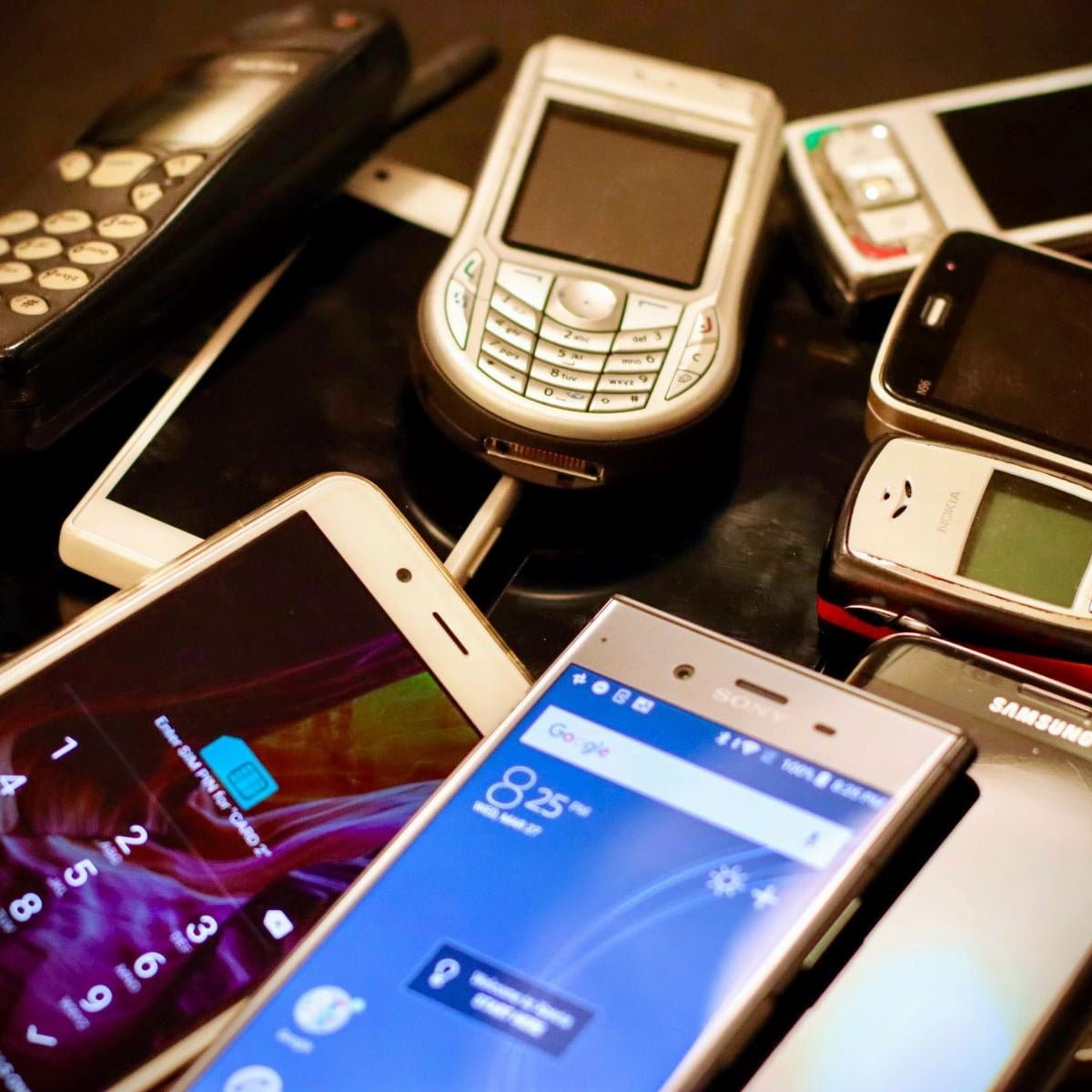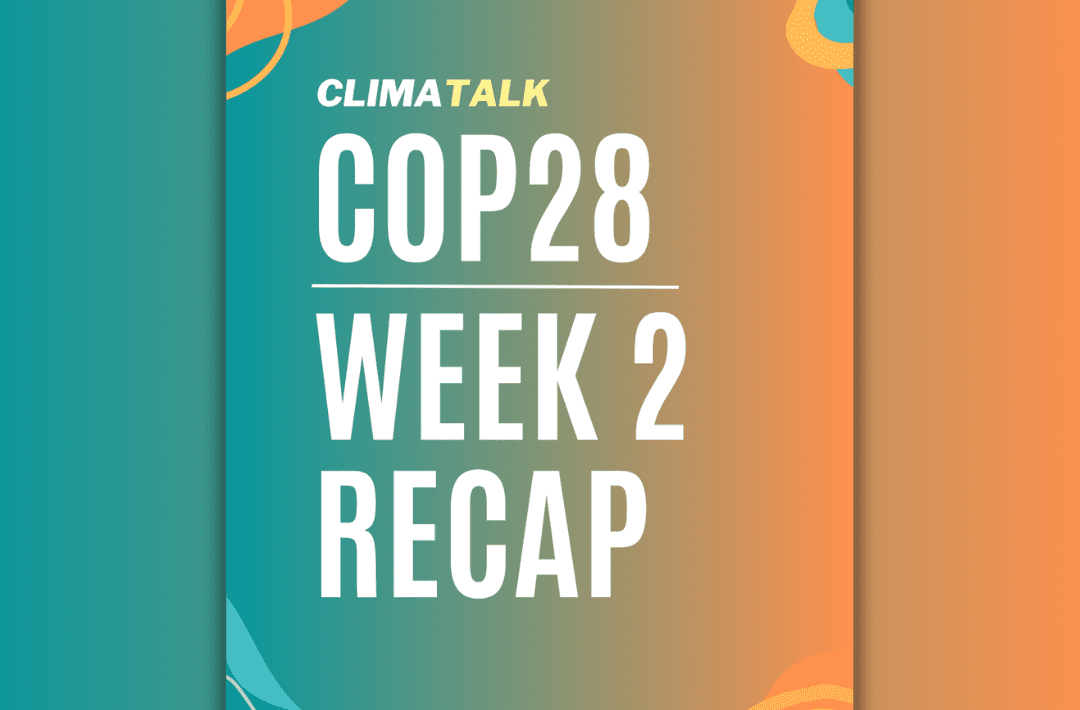
Planned Obsolescence: What Is It?
By Villi Ieremia
Planned obsolescence is a business strategy of premature product disuse [1]. High repair costs, limited spare parts, and marketing tactics drive consumers into product replacement instead of repair. This article examines planned obsolescence, its contribution to waste generation and the climate crisis, and briefly presents potential solutions.
Historically, planned obsolescence has been a contested business strategy due to accusations of unethical behaviour [2]. Arguably, planned obsolescence does have consumer benefits, including reduced prices due to mass production and improved product functionalities [2]. Consumers, however, assert that market-driven obsolescence intentionally diminishes the product’s end-of-life performance [1]. Indeed, 77% of Europeans prefer product repair instead of replacement; however, elevated repair costs encourage new purchases [3]. Persisting technical faults, such as failed batteries and broken displays, are a common motivation behind smartphone replacements. Batteries are often non-removable and expensive, requiring the intervention of repair professionals whose manual labour increases repair costs [1]. First coined in the 1920s, planned obsolescence is still prevalent nowadays despite allegations of unethical corporate behaviour [2].
Another common sign of planned obsolescence is when existing hardware is incompatible with software updates. Updates on operating systems require additional memory and storage capacity, leading to performance slow-downs and product replacements [1]. Notably, in 2018, Italian authorities fined Apple and Samsung a total of 15 million € for launching software updates that reduced smartphone performance, resulting in a surge in new purchases [4]. Additionally, manufacturers often discontinue supporting previous software versions, giving consumers a timeframe to update their device [1]. With the launch of Microsoft Windows 11 in 2021, consumers voiced concerns regarding hardware requirements [5]. Replacing hardware to comply with up-to-date software may lead to masses of e-waste [5]. Punitive measures address the phenomenon partly; approaches rooted in a circular economy holistically tackle concerns regarding waste generation and environmental degradation [6].
Crucially, premature discard (the result of planned obsolescence) contributes to electric and electronic waste, or e-waste. In 2019, e-waste equalled 53.6 Mt worldwide, or the equivalent of 7.3 kg per capita [6]. This is expected to rise to 74.7 Mt, or 9.0 kg per capita by 2030 [6]. E-waste’s toxicity levels can be harmful when e-waste is disposed of and handled improperly [6]. For instance, lead and mercury can harm human health through exposure and food consumption, and adulterate land and water resources [6]. Additionally, 72% of the global warming potential of smartphones stems from production, transportation, and disposal [3]. E-waste further exacerbates global warming given that new product materials are sourced from extraction instead of recovery [6]. Currently, 17.4% of global e-waste undergoes collection and recycling within the formal economy [6]. Low documented collection and recycling figures, coupled with an increase in demand for consumer electronics, means that producers rely on material extraction as the recovery does not fully cover the demand for resources. In fact, resource extraction has increased threefold since the 1970s despite a twofold population surge [7]. With mining industries accounting for a quarter of global emissions, their contribution to global warming is alarming [7]. E-waste’s threat to the environment can be addressed by circular economy practices, such as recycling and recovery.
From consumers’ perspective, the main reasons behind product replacement include a combination of technical outdatedness and a perceived product ageing [1]. On top of this, fast-fashion trends, social pressures, and the need to upgrade due to emerging technical trends constitute psychological factors behind obsolescence [1]. This in turn is fed by service or telecom providers that offer smartphone replacement contracts before the product’s end-of-life [1]. Approximately 15% of smartphone buyers are enticed to replace their smartphone in less than 2 years despite the majority preferring a 5.2-year lifespan [1]. A possible solution comes at the design stage by improving repairability and extending lifespan. Lifespan extension of certain product groups, including smartphones, can lead to 4 Mt annual CO2 savings by 2030, corresponding to removing 2 million vehicles from the road [3]. A climate-centered approach to design is therefore solutions-driven and considerate of the needs of people and the planet.
Despite the availability of alternatives and legal action, planned obsolescence is deep-rooted in today’s consumer culture and throw-away economy. A move towards resource efficiency, material recovery, and a repairability-centred design are readily available solutions addressing consumerist and climate concerns.
References:
[1] Proske M. Winzer J. Marwede M. Nissen N. Klaus-Dieter L., 2016, ‘Obsolescence of Electronics – the example of smartphones’, 2016 Electronics Goes Green 2016+ (EGG), http://doi.org/10.1109/EGG.2016.7829852.
[2] Sielska A., 2019, ‘Planned Obsolescence: gain or loss to the consumer?’, Scientific Papers of the Silesian University of Technology – Organisation and Management Series 134, http://dx.doi.org/10.29119/1641-3466.2019.134.17.
[3] EEB, 2019, ‘Coolproducts don’t cost the earth – full report’, https://eeb.org/library/coolproducts-report/, accessed on 5th Oct. 2021.
[4] Gibbs S., ‘Apple and Samsung Fined for Deliberately Slowing Down Phones’, The Guardian, https://www.theguardian.com/technology/2018/oct/24/apple-samsung-fined-for-slowing-down-phones, accessed on 5th Oct. 2021.
[5] Warren T., ‘Windows 11 Will Leave Millions of PCs Behind, and Microsoft is Struggling to Explain Why’, The Verge, https://www.theverge.com/2021/6/29/22555371/microsoft-windows-11-cpu-support-hardware-requirements-tpm-response, accessed on 5th Oct. 2021.
[6] Forti V. Baldé C.P. Kuehr R. Bel G., ‘The Global e-waste Monitor: Quantities, flows, and the circular economy potential’, United Nations University (UNU)/United Nations Institute for Training and Research (UNITAR) – co-hosted SCYCLE Programme, International Telecommunication Union (ITU) & International Solid Waste Association (ISWA), http://ewastemonitor.info/wp-content/uploads/2020/12/GEM_2020_def_dec_2020-1.pdf, accessed on 5th Oct. 2021.
[7] Watts J., 2019, ‘Resource Extraction Responsible for Half World’s Carbon Emissions’, The Guardian, https://www.theguardian.com/environment/2019/mar/12/resource-extraction-carbon-emissions-biodiversity-loss, accessed on 5th Oct. 2021.



